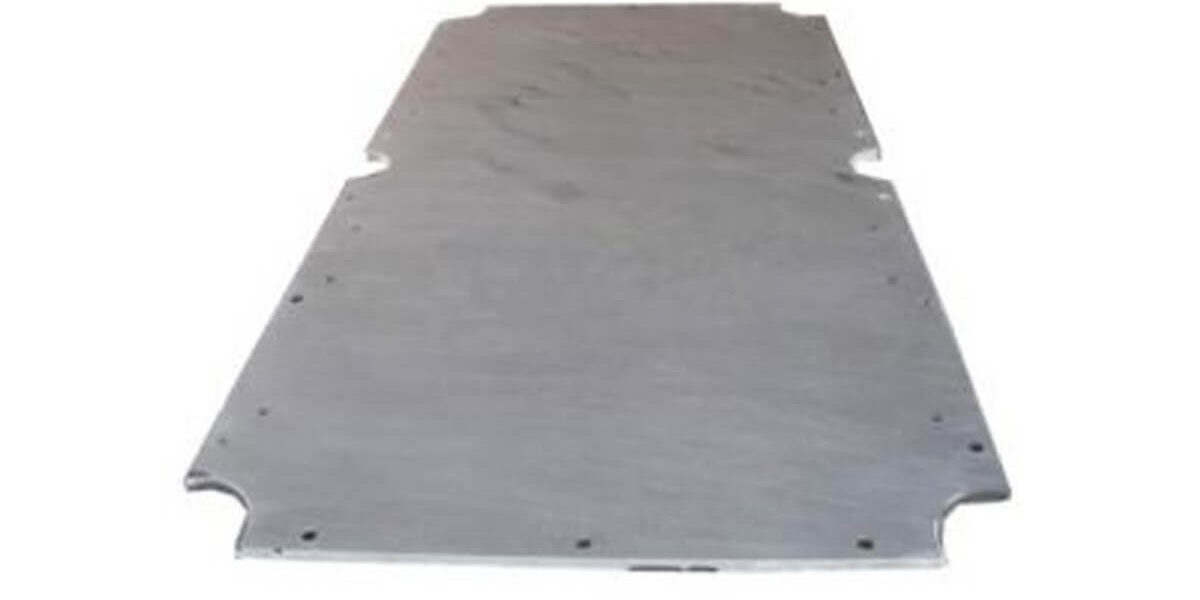When it comes to choosing the perfect billiard table, the playing surface material is one of the most critical decisions you’ll make. The two most common materials are slate and wood, each offering its own advantages and considerations. Let’s delve into these two options to help you decide the best fit for your billiard table needs.
Slate Billiard Tables
Slate is the industry standard for professional and high-end recreational billiard tables. It’s a type of rock that can be finely ground and polished to create a perfectly flat surface.

Advantages of Slate
- Superior Playability: Slate is favored for its smoothness and consistency, offering a superior roll of the billiard balls. Its weight keeps the table stable, reducing the chance of table movement affecting gameplay.
- Durability: Slate is a highly durable material that’s resistant to warping. This means that with proper care, a slate billiard table can last for decades.
- Precision: Slate surfaces can be precision-leveled during installation, ensuring a perfectly flat playing field.
Considerations for Slate
- Cost: Slate tables are generally more expensive due to the material’s quality and the skill required to install and level the slate.
- Weight: Slate is heavy, making the table difficult to move once installed. It also means that the floor where the table is placed needs to be strong enough to support the weight.
Wood Billiard Tables
Wooden tables, often made with medium-density fiberboard (MDF), offer a more affordable option for casual players or those with budget constraints.

Advantages of Wood
- Affordability: Wood or MDF tables are generally more affordable than slate tables, making them a popular choice for casual or beginner players.
- Lightweight: Wooden tables are lighter than slate tables, making them easier to move or reposition.
Considerations for Wood
- Playability: Wood or MDF does not offer the same level of smoothness or consistency as slate, which can affect the roll of the balls.
- Durability: Wood is more prone to warping or damage over time, especially in areas with high humidity or fluctuating temperatures.
- Maintenance: Wooden tables may require more frequent leveling and maintenance due to the material’s tendency to warp.
Conclusion
The choice between slate and wood largely depends on your priorities. If you’re a serious player looking for professional-grade playability and durability, investing in a slate table from a reputable manufacturer like Presidential Billiards would be worth considering. However, if you’re a casual player or have budget constraints, a wooden or MDF table can provide a good starting point for your billiard journey.
Remember, the material is just one factor in choosing a billiard table. The table’s design, size, and the quality of other components like the cushions and pockets also significantly impact the playing experience. No matter what you choose, ensure it aligns with your needs, budget, and the level of commitment you have towards the game.
FAQ’s
What are the main differences between slate and wood billiard tables in terms of playability and durability?
Slate billiard tables offer superior playability due to their consistent, flat surface, ensuring accurate ball movement, and are favored in professional settings. Wood tables, while more susceptible to warping and less precise, are suitable for casual play and blend well with home decor. In terms of durability, slate tables are more robust and long-lasting, whereas wood tables require more maintenance and are prone to wear and damage over time.
How should a buyer decide between a slate and a wood billiard table based on their playing level and budget?
When choosing between a slate and wood billiard table, a buyer should consider their playing level and budget: serious players or those seeking long-term durability and professional play quality should invest in a slate table, despite its higher cost. Casual players or those with budget constraints might prefer wood tables, which are more affordable and suitable for recreational use, though they offer less precision and require more maintenance. Ultimately, the decision hinges on balancing the desire for playability and table longevity with financial considerations and the intended use of the table.
What additional factors should be considered when choosing a billiard table, apart from the material of the playing surface?
This question addresses other important aspects to consider when purchasing a billiard table, such as table design, size, and the quality of components like cushions and pockets, emphasizing that material choice is just one part of the decision-making process.

